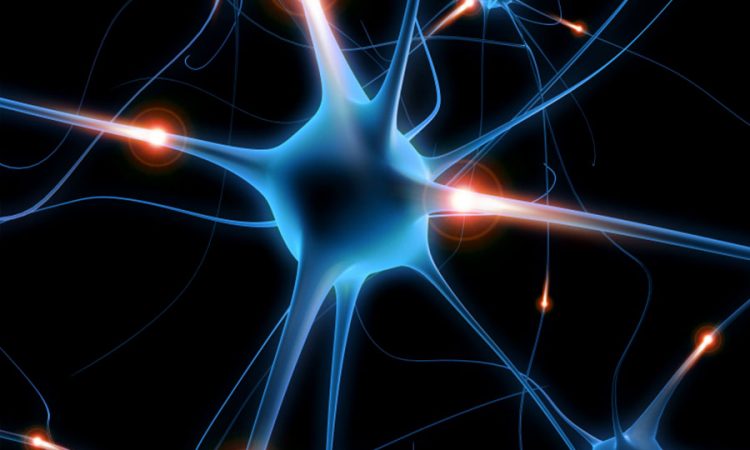
What is bioelectromagnetism?
Bioelectromagnetism is a specialty of biological sciences that analyzes the production of magnetic fields generated by living beings. This event is found in all living beings, whether in the plant or animal world. Bioelectromagnetism can be found in the electrical impulse found in cell membranes, as well as in the electrical currents that circulate in nerves and muscles as a consequence of the electrical impulse.
Origin of bioelectromagnetism
Bioelectromagnetism studies in the area of medicine, more specifically in electrophysiology techniques. Electrophysiology is a test used by several physicians that allows them to obtain the diagnosis in patients suffering from cardiac alterations. Luigi Galvani, a physician, and physicist in the late 18th century was the first to note the contraction of a frog muscle in the same location where he had conducted experiments with electricity. Galvani at first linked it to animal electricity or currently known as galvanism. It was then that Galvani concluded that the muscle contraction was the response of the substance inside the nerve.
Applications of bioelectromagnetism
As we have said bioelectromagnetism has many applications in different sectors such as physics, molecular, and cellular biology among others. We can also find it in biomedical engineering, for the production of medical equipment and instruments and its use in the treatment of various diseases. Bioelectromagnetic therapy is the use of electromagnetic fields to anticipate diseases and preserve health. This treatment, at the moment when the electromagnetic field changes, is placed close to a conductive medium at the same time as the human body, it will induce electric currents.
One of the most important applications is in medicine and epidemiology. The most commonly used medical applications in bioelectromagnetism are those with low frequency, which can be classified into thermal and non-thermal. Thermal applications of low-frequency radiation are the best known and include radiofrequency hyperthermia, surgery, and lasers.
